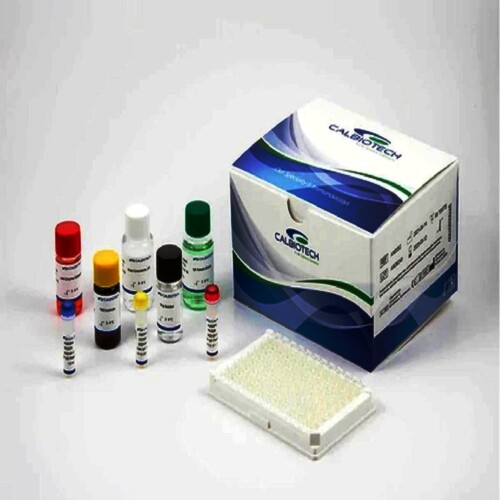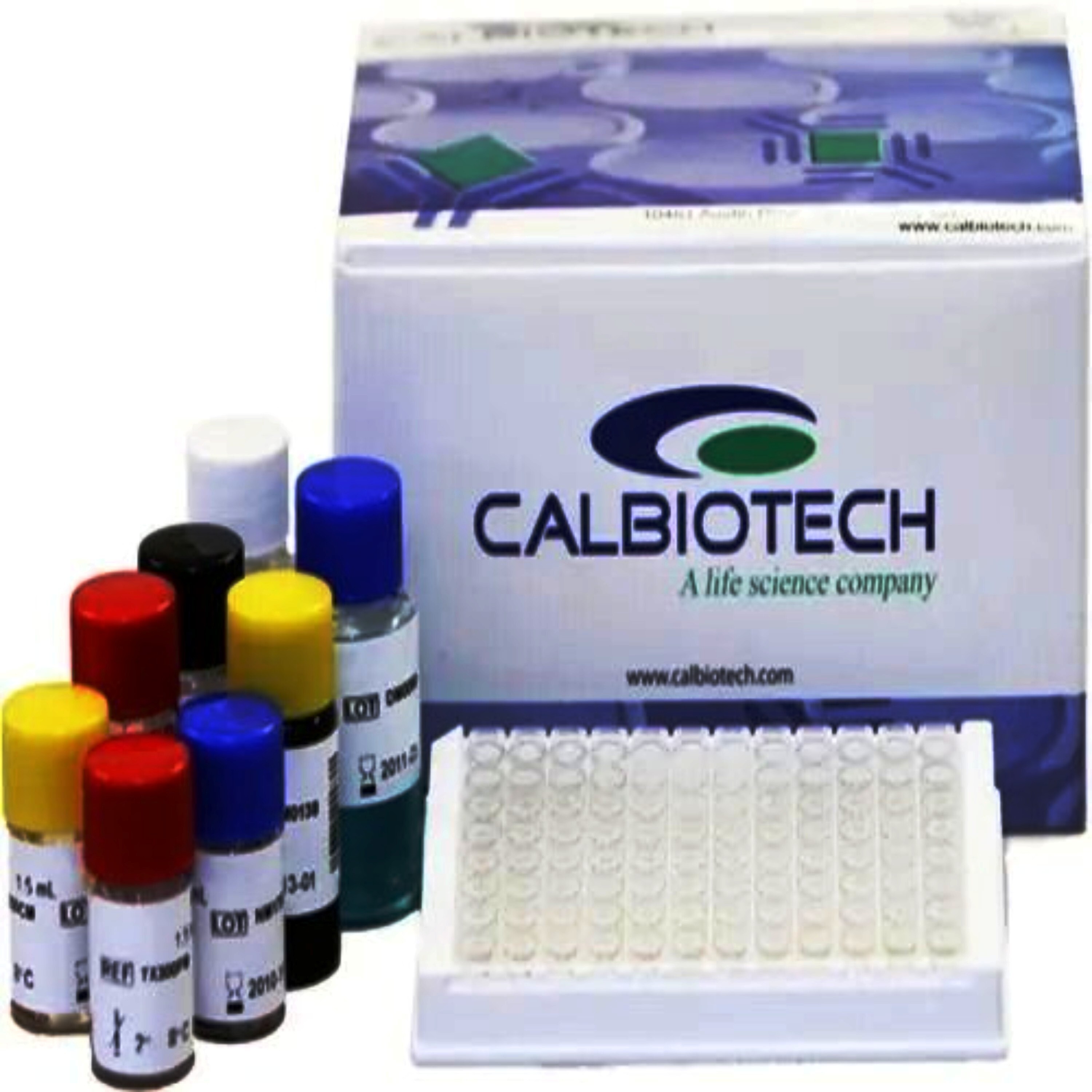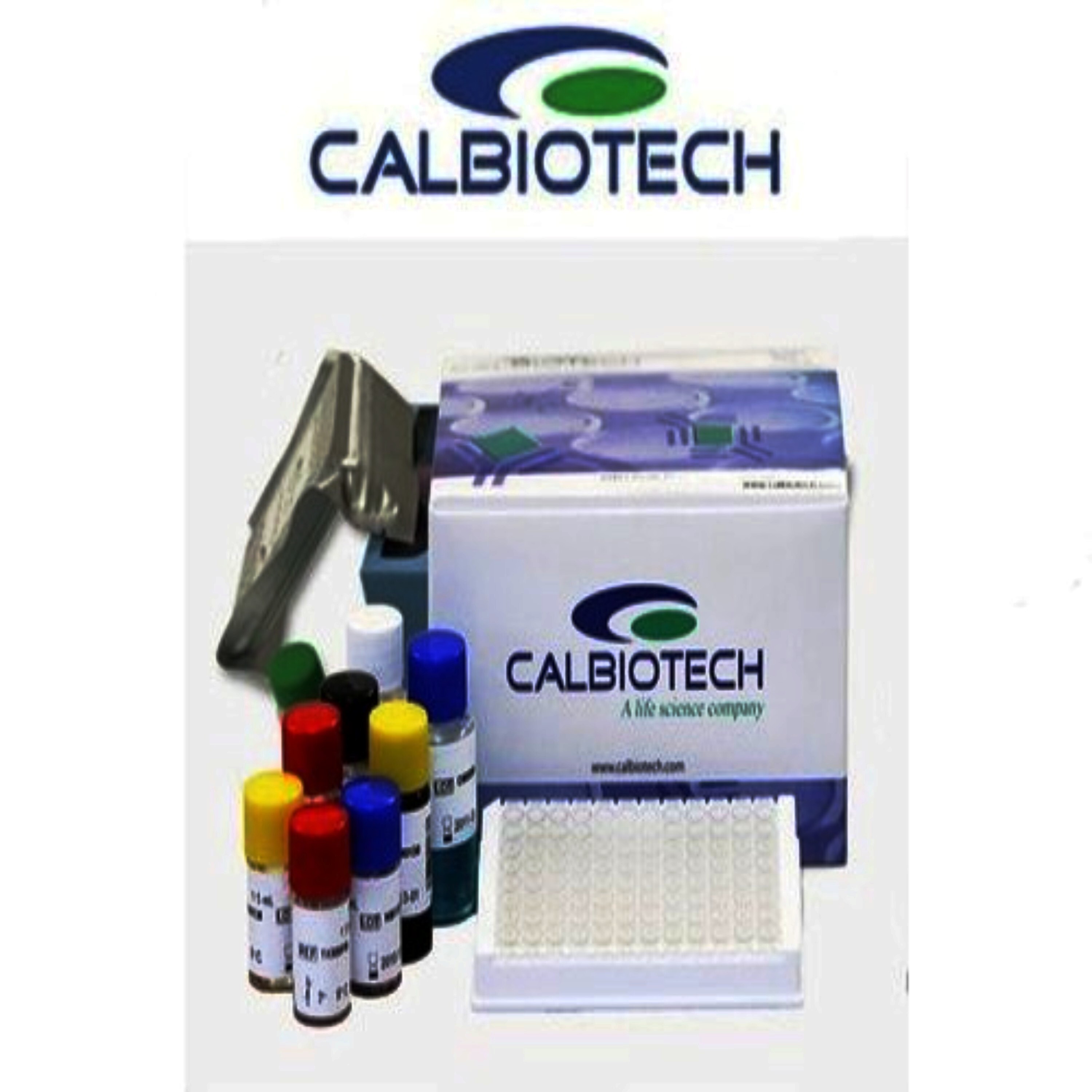Call us
08045816757
HSV-1 and 2 are virtually identical, sharing approximately 50% of their DNA and have over 80% of commonantigens. Both types infect the body's mucosal surfaces, usually the mouth or genitals, and then establishlatency in the nervous system. For both types, at least two-thirds of infected people have no symptoms, orsymptoms too mild to notice. However, both types can recur and spread even when no symptoms arepresent. By the time they're teenagers or young adults, about 50% of Americans have HSV-1 antibodies intheir blood. By the time they are over age 50, some 80-90% of Americans has HSV-1 antibodies. Bycomparison, almost all HSV-2 is encountered after childhood, when people become sexually active. HSVtype 1 is the cause of most orofacial herpes and HSV encephalitis; type 2 is the primary cause of initial andrecurrent genital herpes and neonatal HSV. Reactivation of latent HSV infection is a frequent complicationof immunosuppression due to cancer, transplantation and AIDS. Asymptomatic genital shedding of HSV-2is more common than HSV-1 and occurs more frequently during the first 3 months after acquisition ofprimary type 2 disease than during later periods. The presence of HSV IgG antibody is indicative ofprevious exposure A significant increases in HSV IgG is an indicative of reactivation, current or recentinfection. IgM antibody is present after primary HSV infection.




Price:
Price 1 INR / Kit
Minimum Order Quantity : 1 Kit
Number Of Layers : 96 Test
Gender : Unisex
Product Type : Elisa
Usage : Pathlab / Hospital / Clinic
Price 1 INR / Kit
Minimum Order Quantity : 1 Kit
Number Of Layers : 96 Test
Gender : Unisex
Product Type : Elisa
Usage : Pathlab / Hospital / Clinic
Price 1 INR / Kit
Minimum Order Quantity : 1 Kit
Number Of Layers : 96 Test
Gender : Unisex
Product Type : Elisa
Usage : Pathlab / Hospital / Clinic
Price 1 INR / Kit
Minimum Order Quantity : 1 Kit
Number Of Layers : 96 Test
Gender : Unisex
Product Type : Elisa
Usage : Pathlab / Hospital / Clinic